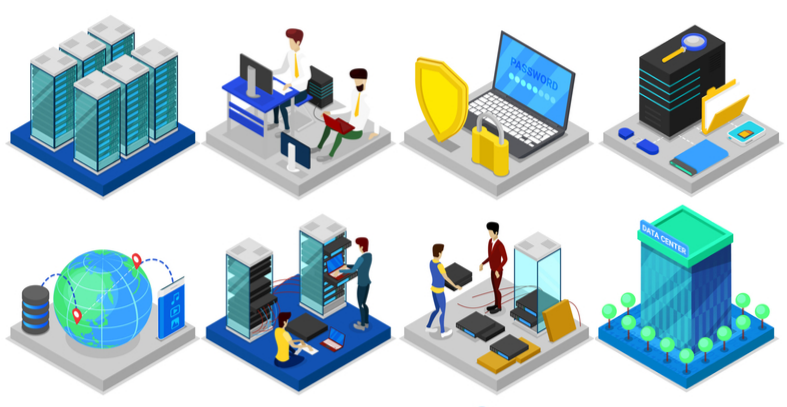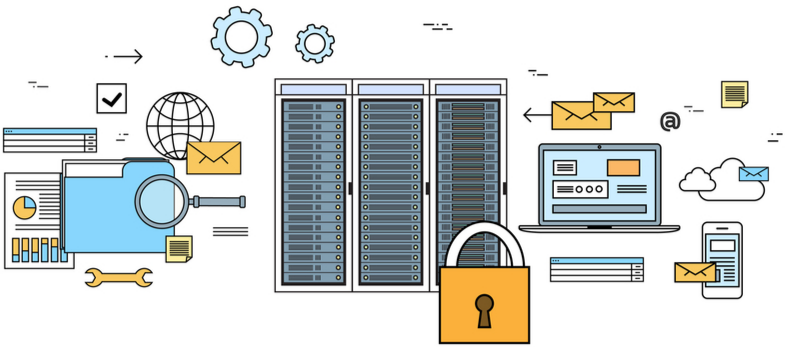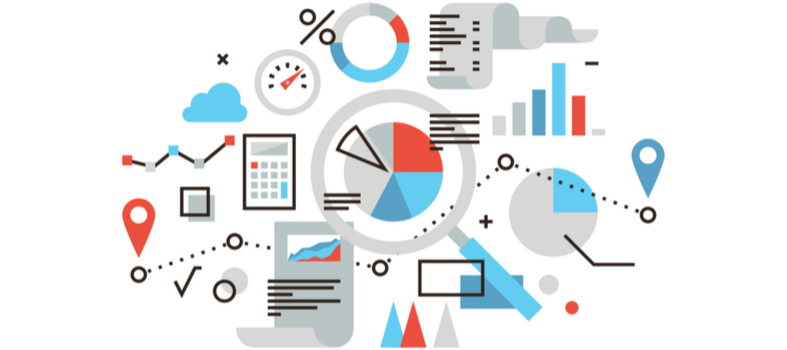Have you ever considered whether your website is responsible for polluting the environment? Do your company landing pages have an impact on global warming? Or is your carefully written digital content that promotes your environmentally-friendly product hiding a less than green truth?
In 2013, the information and communication technology (ICT) industry accounted for 2.5% of global harmful greenhouse gas emissions. By 2017, ICT was producing the same amount of pollution as the aviation sector; since 2018, this percentage has risen to double that of aviation. Today, ICT sector is responsible for 4% of global greenhouse gas emissions. It has been exploding in size and popularity for the past few decades and will continue to do so for many more. ICT is predicted to use 20% of the world’s electricity by 2025 and emit up to 5.5 percent of all carbon emissions. So exactly how green is your website?
High Consumers: Data Centres and Servers
Every website has an ecological footprint. Development, maintenance, back-ups, updates – these all run on power. Server power. The central players in ICT-generated pollute are data centres. These centres which house numerous servers are currently responsible for between 2% and 10% of global power consumption. Experts have calculated that Western European data centres use as much electricity as entire smaller European countries such as the Netherlands.
Every website requires a data centre. It is simply not practical to set up an in-house server for every business. When developing a website, keeping that website up and running on a daily basis requires continuous server power. And this power use is not limited to a single server – a reliable website uses multiple servers because back-ups are also needed in the cloud. Data centres must duplicate their servers to cope with failures. Your online presence is constantly duplicating or even quadrupling its energy consumption at regular intervals – even before its data is transferred from your website to the screen of your visitor.
The rise of the cloud makes website energy consumption much less visible. In the past, the consumption of your internal server was instantly visible on your energy bill. Today, these costs are simply part of your subscription. Servers are hidden well out of sight, inhabiting large, power-hungry data centres. But they should not be out of mind, especially for companies who wish to publicise their commitment to the preservation of the environment for future generations.
Not Enough Renewable Energy
But running data centres on renewable power sources is not enough to address the growth in ICT energy consumption. It is said that the Internet currently uses triple the amount of energy provided by the world’s solar and wind-generated energy. Technological innovations have made website content exciting, attention-grabbing and interactive. The quicker the better. The more data that is gathered the more interesting for a company’s marketing strategy. Every transfer of information consumes energy. As minimalism begins to rise in popularity within the home, the Internet is still reaching for biggest, quickest and loudest.
For example, a decade ago the average web page contained 0.45 MB of information. Today, this figure is more often over 1.7MB. Some pages are packing in nearly 3 MB of data per page. Transferring this data from a website to a computer screen is a process that requires significant energy. Integration of HD, video and 4K etcetera all increase the data load that is accessed by your visitors. Apps, GDPR notifications, downloads, contact forms and even links to other sites provide an opportunity to transfer increasingly more data from source to destination.
Marketing and Green Don’t Go
Data-driven websites as opposed to static websites that are stored on file with a server (and therefore easier to hack) provide marketers with analytics data. Data-driven pages also require recurrent computation and therefore demand a constant energy supply. Third-party tracking, advertising services and cookies are diligent data gatherers that the majority of environmentally-friendly website designers opt to keep. To remove them completely would be removing a potent marketing tool. Although limiting one’s background apps will save on energy costs, stopping them altogether is detrimental to business survival and therefore ill-advised. Using five apps where one would suffice is the equivalent of a high-consumption website, at least from the viewpoint of the marketing department.
Energy-Efficient Website
It is impossible to produce an environmentally-friendly website in the current environment. But we can add certain touches to current or future websites to limit energy use:
1. Fewer and smaller (monochrome) images/logos
2. Limit on-page apps and addons
3. Use apps powered on renewables
4. Consider whether video footage is essential to your business website
5. Only implement analytics that contributes to your marketing strategies
6. Lengthen cache time to lower page reloading
7. Select a data centre that uses at least 50% renewable energy sources
The Future: More Data. More Server Power
Even if everyone realises that every search, every email, every chat, every post uses server power, Internet use will increase. The world has become dependent upon easy access to immediate information. Gone are the days when you had to wait until a library visit to find the answer to a niggling, complicated question.
Consumers are also becoming increasingly demanding. They want newer, exciting, faster websites that in turn require more bandwidth and server power. The Internet of Things only adds to ICT’s status as major energy consumer. Until the world can develop ways in which renewable energy sources provide constant, storable, reliable power, your website cannot be considered green. Even if you use a server that runs completely on renewable sources, your visitors may not.
It is not possible to make an immediate difference to the world’s power requirements by adjusting a single website. An ecologically-friendly website is a rare, near-impossible thing. However, your company can make your online presence part of a total package of measures that reduce your ecological footprint. By limiting data transfer to the essential, by integrating services that run on renewable energy sources, and by keeping ahead of the competition in the field of low-energy services, it may come to pass that your low-energy website becomes recognised and preferred to its high-energy competitors. In the meantime, more tangible measures should continue to make up the bulk of your environmental policies.


 1300 353 700
1300 353 700 info@magiknewmedia.com.au
info@magiknewmedia.com.au















